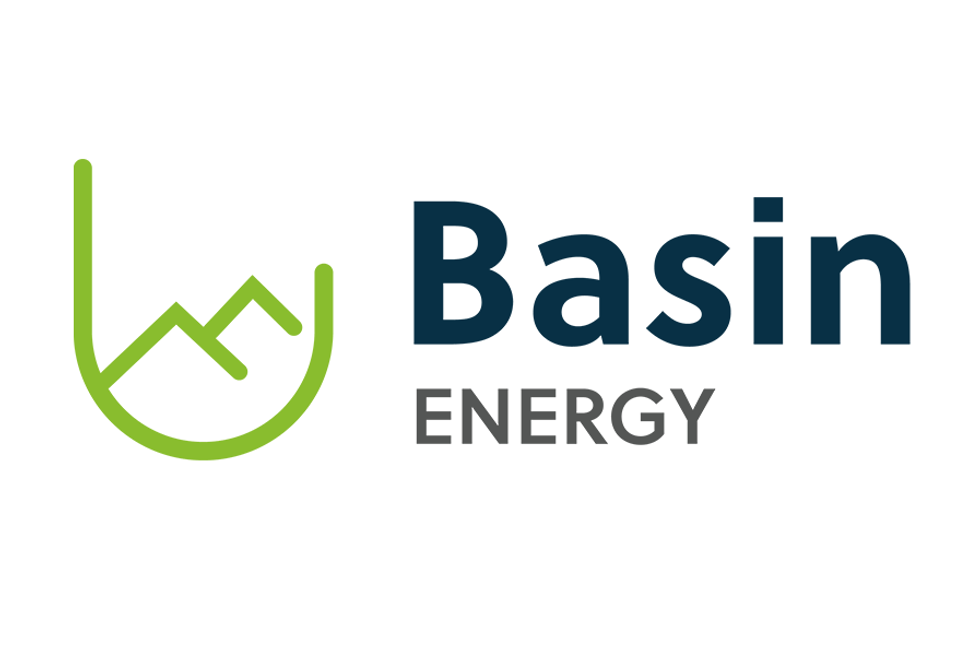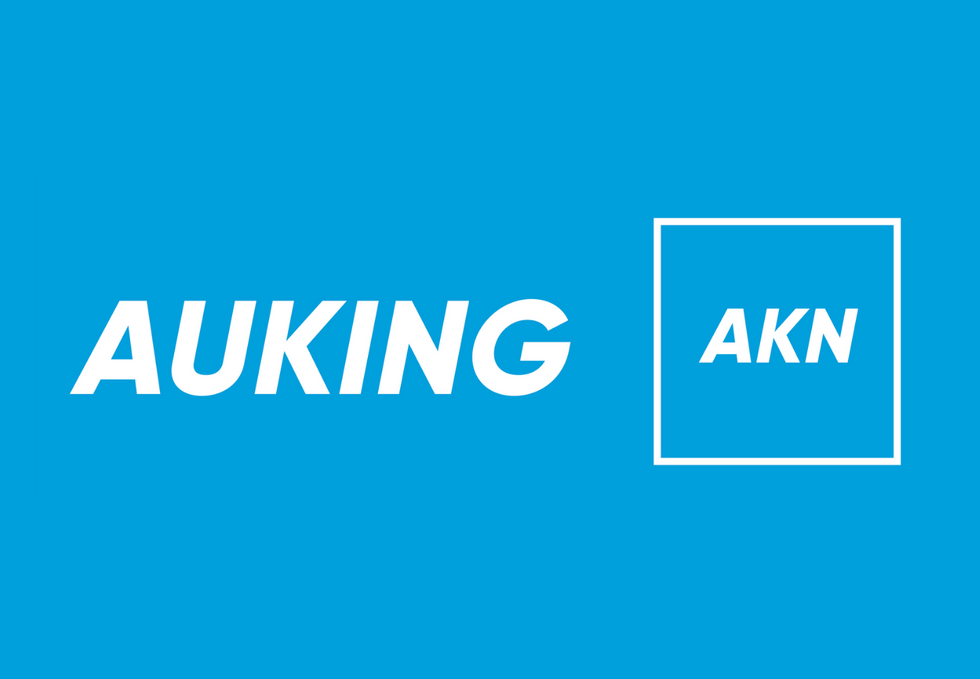The spot uranium price continued its ascent for a successive week, with a slower growth rate as the value increased by $1.75 to $59.25 per pound. With a level of uncertainty of on demand and supply fundamentals the delivery timing continues to be a significant factor in the spot market.
The spot uranium price continued its ascent for a successive week, with a slower growth rate as the value increased by $1.75 to $59.25 per pound. A total of six transactions were concluded this week, with financial entities and traders purchasing the bulk of the material sold. With a level of uncertainty of on demand and supply fundamentals the delivery timing continues to be a significant factor in the spot market. Shorter term uranium supplies for delivery by the current year-end are extremely thinly traded, and the emergence of significant mid- and long-term demand, combined with buyers competing to purchase material, continues to command upward pressure on prices.
International News
Chinese appetite for secure energy sources continues to generate headlines with investors and the nuclear industry, following an announcement last Thursday that China Guangdong Nuclear Power Group (CGNPC) signed a contract with Kazakhstan’s Kazatomprom. Exact details of the exchange were unavailable; however, the long term contract was signed after a meeting between the Chinese chief political adviser Jia Qinglin and Kazakh Prime Minister Karim Massimov.
Australia can now commence supplying uranium to fuel Russia’s power reactors following the exchange of ratification notes by the Australian Prime Minister Julia Gillard and Russian President Dmitry Medvedev formalizing a bilateral nuclear cooperation agreement.
The meeting in Seoul, South Korea occurred prior to the start of the recent G20 summit. During the exchange, Medvedev said, “To open a new page in relations, today is a good opportunity to exchange instruments of ratification of the agreement, which was previously agreed and accepted.” Gillard was pleased for her commercial interests, “it will increase export opportunities and create jobs for Australia’s uranium suppliers and consolidates Australia’s position as a reliable provider of energy resources.” She also noted that the agreement brought Australia’s bilateral nuclear relationship with Russia into line with agreements in place with other countries, including the USA, China, Japan and South Korea.
Under a previous agreement signed in 1990, Australian uranium could be processed in Russia in the interest of third countries only. Under the terms of the new agreement, all nuclear material transferred between Australia and Russia can be used solely for non-military and peaceful purposes. The objective is for Russian power reactors to generate electricity with nuclear fuel made using Australian uranium. With Russia seated third highest in the number of planned and proposed nuclear reactors to meet its future energy demand, Australian uranium producers will stand to benefit from the news. It will be welcomed by the group as the industry is already handicapped in negotiating deals with India, which demonstrates an even greater potential market for Australian uranium, with 60 planned and proposed nuclear reactors. Additional uncertainty over tax laws has also provided a headwind for investors and the entire Australian mining sector.
Mining News
First Uranium (TSX:FIU) reported an increased second-quarter loss, which rose by 47 percent compared with the previous year as the result of higher interest and other expenses from the issue of convertible debt in April and a challenging currency context. The Toronto based company, had to close Ezulwini’s uranium plant in August due to a structural failure affecting two loading columns. The replacement columns are expected to be installed and commissioned during the current quarter.
Deon van der Mescht, First Uranium’s chief executive, said “all projects are on schedule for completion in May 2011, as expected, while gold production at the Ezulwini Mine, which was marginally higher quarter on quarter, is expected to benefit significantly from the successful commissioning of an upgraded backfill plant in September 2010.”
First Uranium’s operations showed improvements from the same time last year, including a doubling of revenue to $31.3 million from $19 million, but suffered compared with the first quarter because of necessary repairs. The company announced that its net loss grew to $27.1 million from $18.4 million a year ago. The market has indicated its disapproval of the results with the share price falling over 18 percent from $1.16 to its current trading range around $.94 per share.






